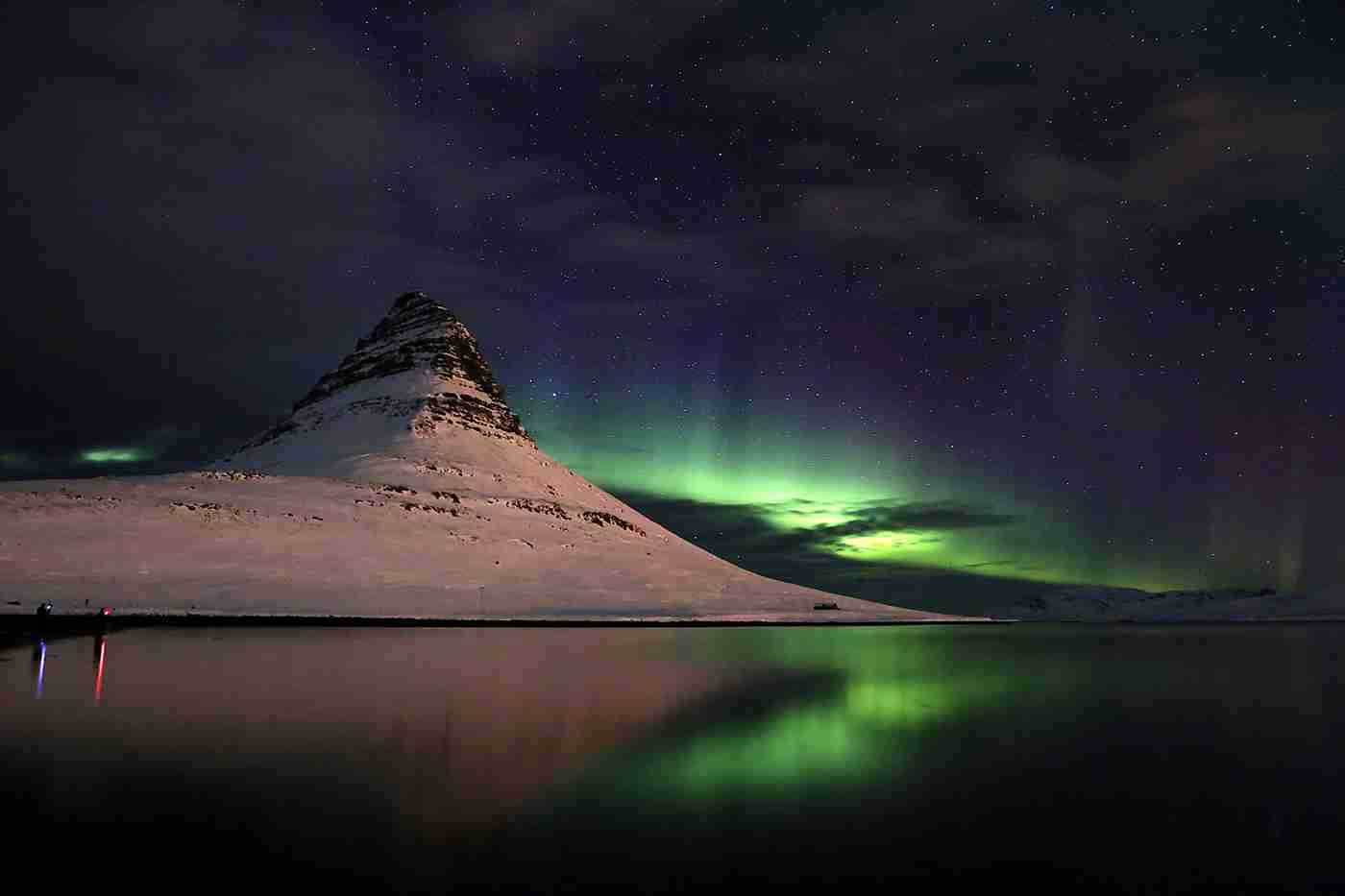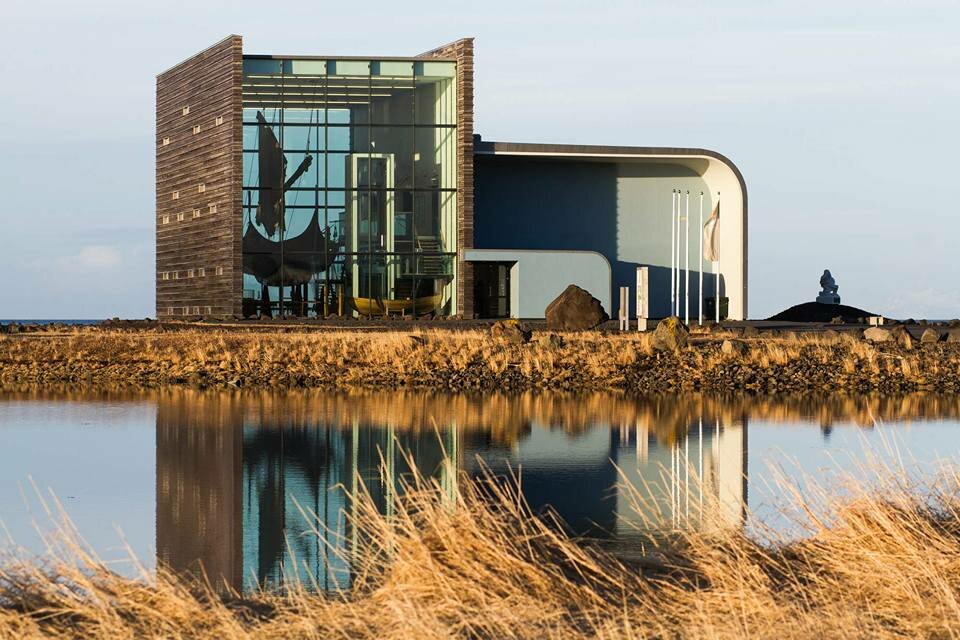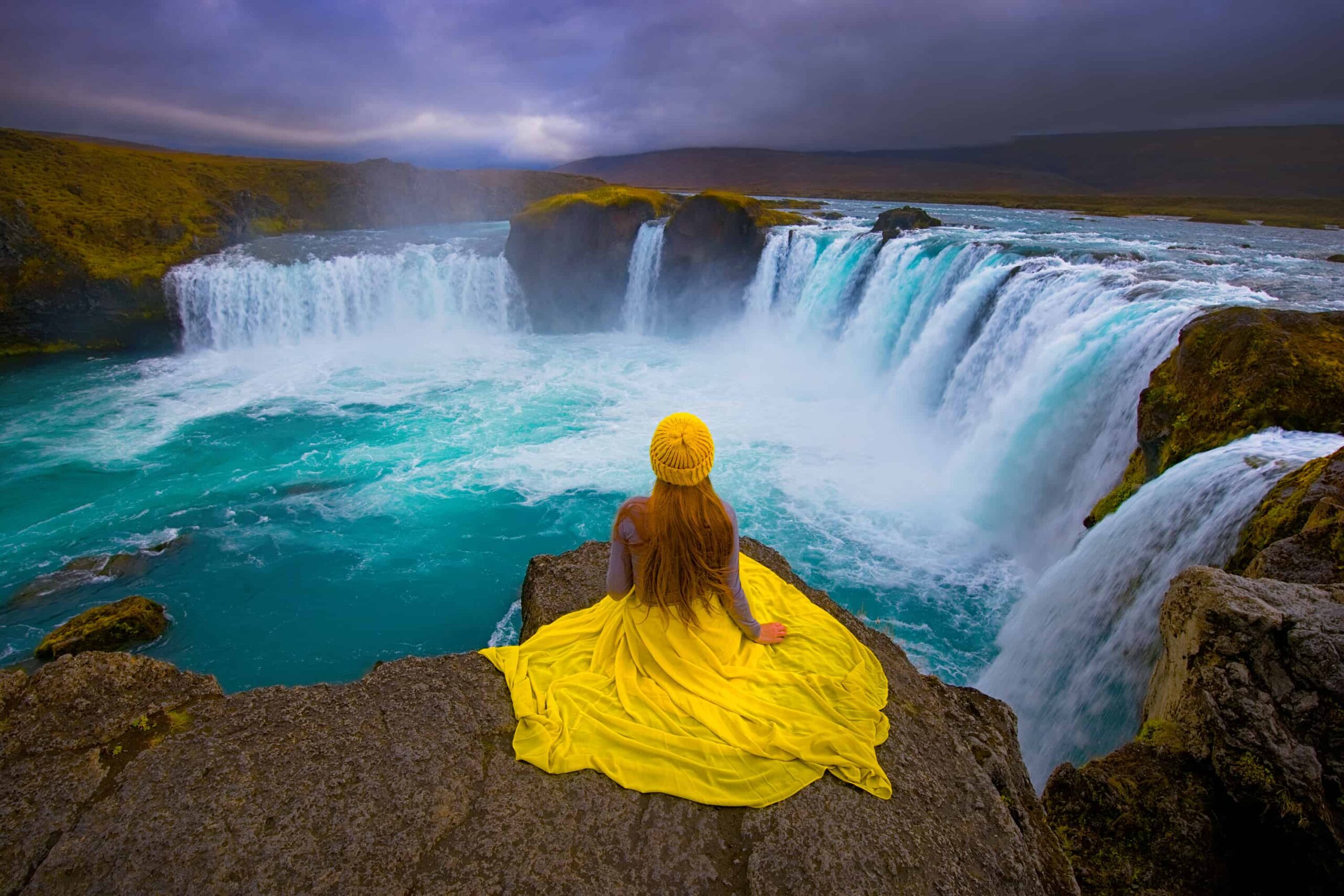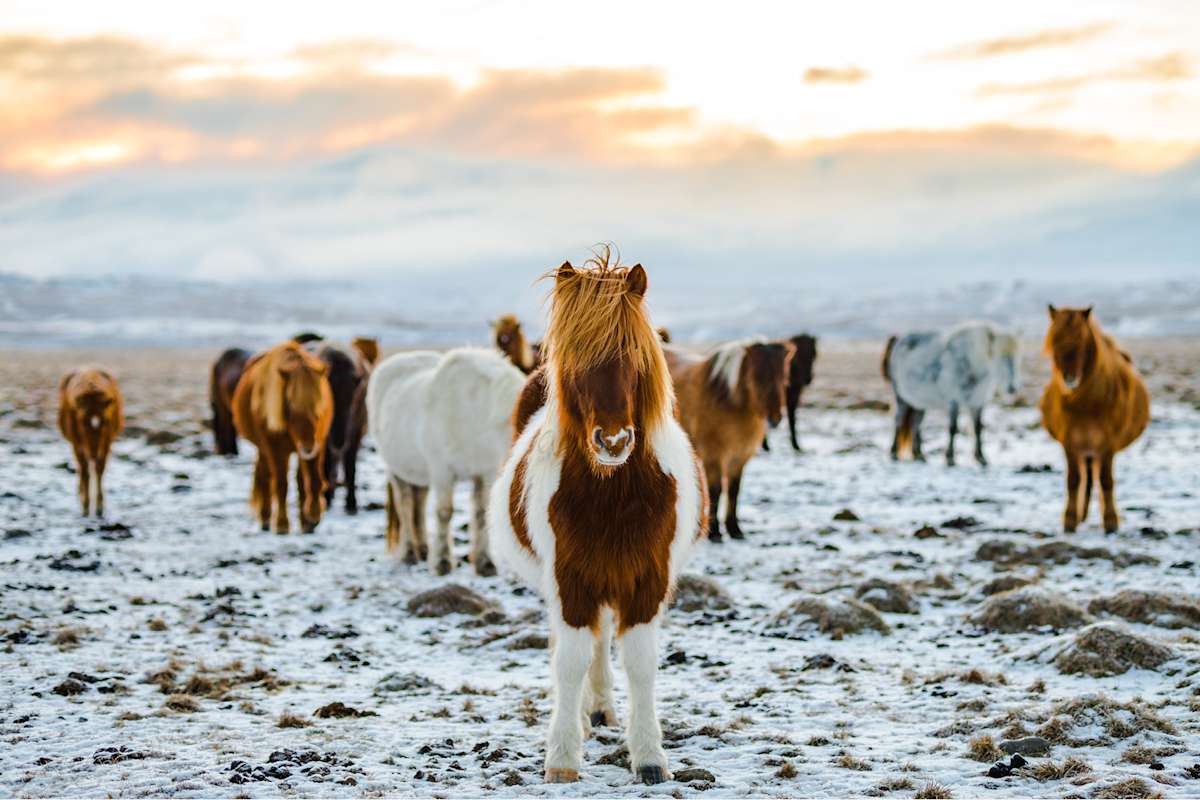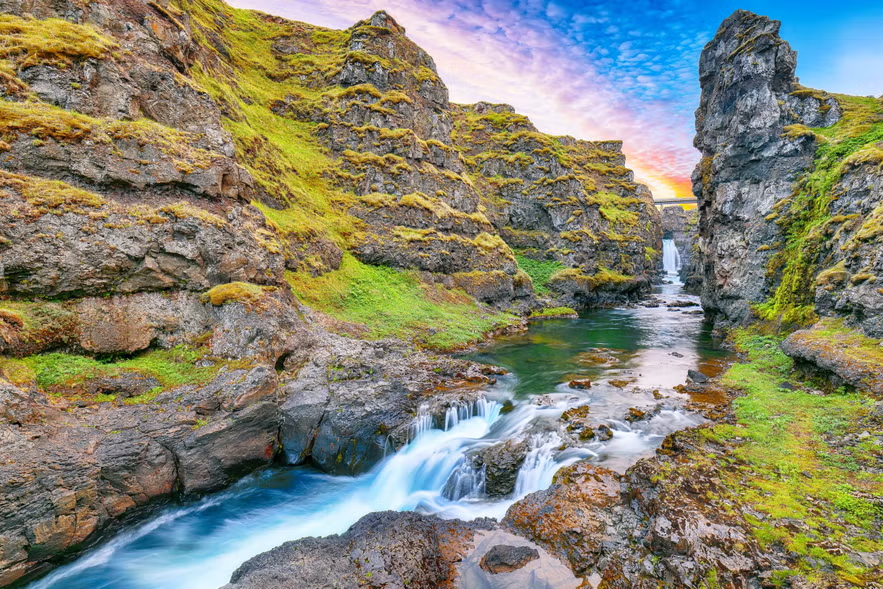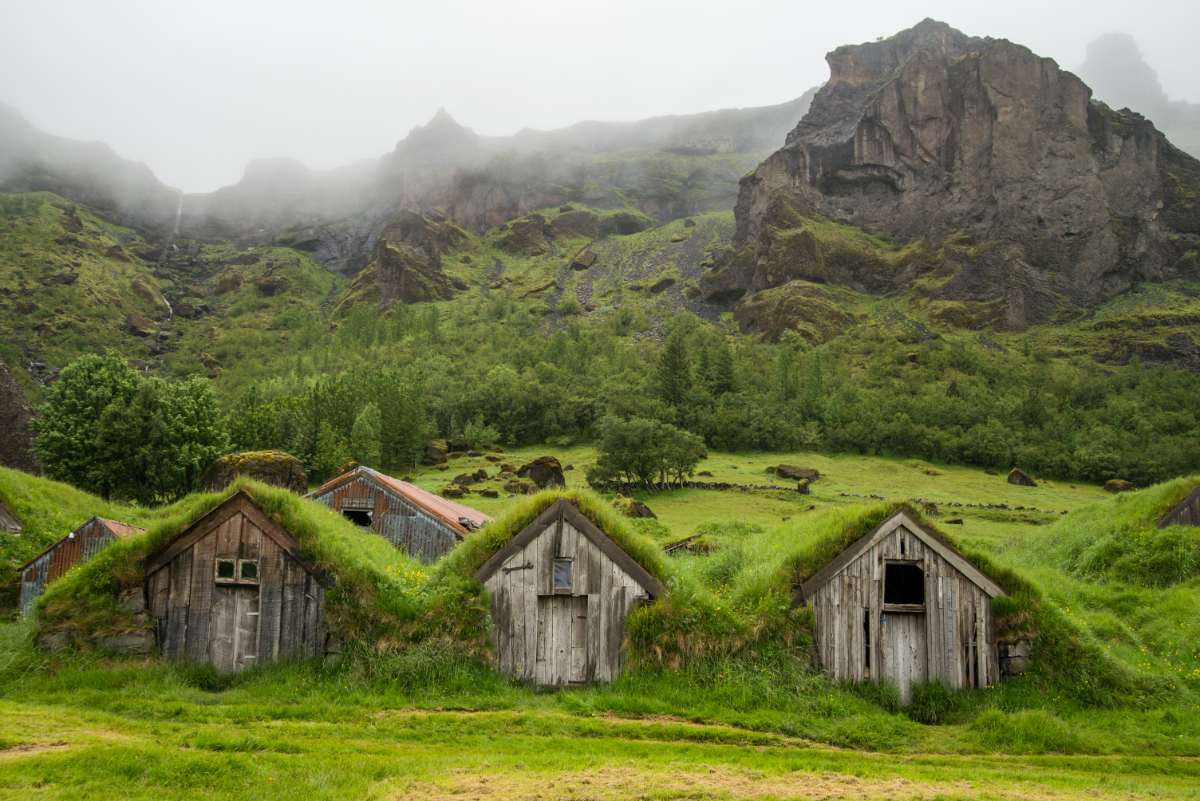Iceland’s Lava Fields: Where to See Them and Why They Matter
Category
Categories
Travel Guide
Type
Glacier Lagoons, Bird Sights
Destination
Vatnajokull national Park
High season
Jun - Aug & Nov - Jan
Area
18 sq km
Outflow
Atlantic Ocean
Popular articles
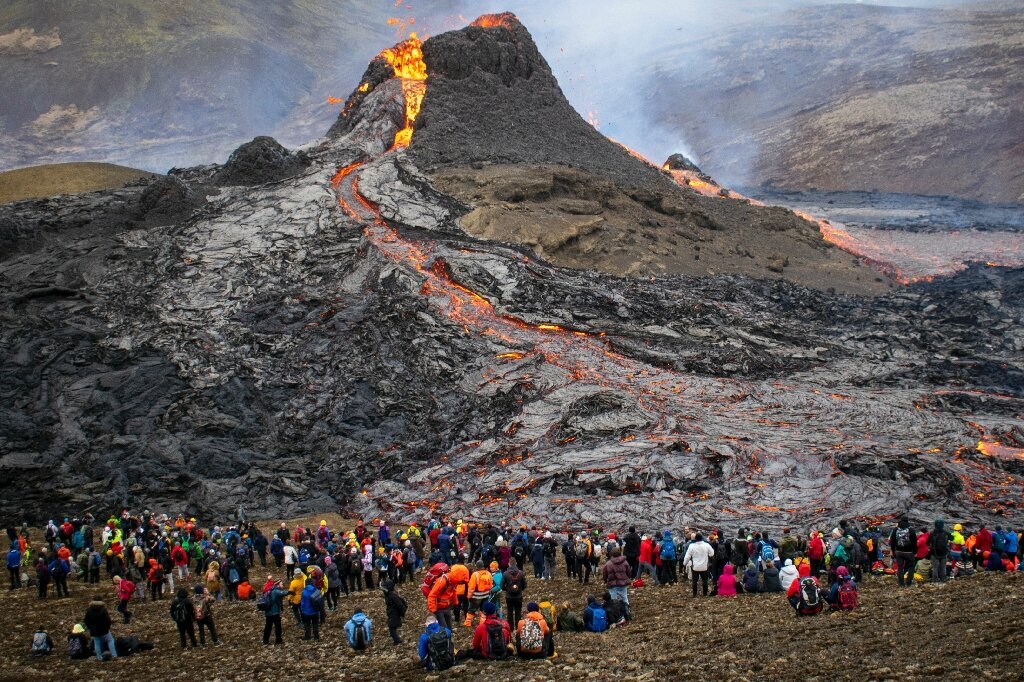
Introduction:
Immerse yourself in the heart of Iceland’s drama and majesty; the untamed power of nature, in its lava fields. These blackened, jagged landscapes paint a vivid picture of the extreme forces residing beneath the Earth’s crust. The juxtaposition of crackling fire and icy cold that has come to shape the island’s terroir can be felt most tangibly amidst these ancient, molten geological wonders. Iceland, the ‘Land of Fire and Ice’, holds the power to captivate and mesmerise with its rugged, stark beauty and thrilling natural forces. Experiencing the lava fields firsthand is akin to stepping back in time—to an era when volcanoes ruled, shaping the island nation’s future with every eruption.
Top Locations/Experiences:
1. Hellisheiði Lava Field: The raw, yet quietly potent landscape of Hellisheiði gives you a glimpse into the Earth’s core. Residing between Reykjavik and Selfoss, this lava field bears witness to millennia of explosive volcanic activity. A walk across the blackened terrain takes you on a journey back in time to when Iceland was being meticulously sculpted by its intense geological activity. Don’t forget to visit the geologically significant Krýsuvík, marked by smoking fumaroles and bubbling mud pots.
2. Eldhraun Lava Field: The Eldhraun Lava Field, meaning ‘Fire Lava’, is the result of the largest volcanic lava flow in recorded history. Elevated temperatures beneath the mossy surface make it feel surreal, like an alien landscape. Here, nature’s power is both destructive and nurturing—the lava that razed and then fertilised lands, paving way for lush vegetation, a testament to this.
3. Berserkjahraun Lava Field: This lava field in West Iceland is tied to a haunting Viking saga of berserker rage, love, betrayal, and murder. As you meander through the sharp basalt rocks, birch bushes, and wild blueberry plants, be aware, you tread on a land steeped in both geological and human history.
How to Experience:
The lava fields, in all their menacing glory, can be safely experienced with appropriate precautions. Invest in sturdy, waterproof hiking boots to navigate the harsh terrain. Some lesser-explored fields might necessitate a 4×4 vehicle or guided tour. The moss covering the lava rocks is delicate and takes centuries to form, it’s important not to tread on it. Always respect the local advisories and stay on marked paths.
Cultural or Historical Significance:
Lava fields sit at the core of Icelandic identity and folklore—bastions of raw power, power that is both thrilling and terrifying. They’re the birthplaces of sagas, fairy tales and local ghost stories. Several folklore tales involve Huldufólk or ‘hidden people’ residing among the lava rocks. The Eldhraun Lava Field is the result of the catastrophic Laki eruptions in 1783, an event that had profound implications, leading to death, famine, and socio-economic disruption.
Conclusion:
Iceland’s lava fields stand as awe-inspiring testament to the primal forces that shaped this fascinating island. Exploring its lava fields isn’t merely about witnessing a starkly beautiful landscape, it’s about immersing oneself in its ages-old sagas, feeling the latent energy beneath your footsteps, and delving deep into the heart of Iceland. Be it the Eldhraun cloaked in green or Berserkjahraun with its haunting history, the lava fields promise an unforgettable experience of raw, captivating beauty, steeped in history and cultural significance. So, be ready to lace up your boots and walk across geological time, there’s a wondrous, wild adventure waiting for you in Iceland’s vast lava fields.

